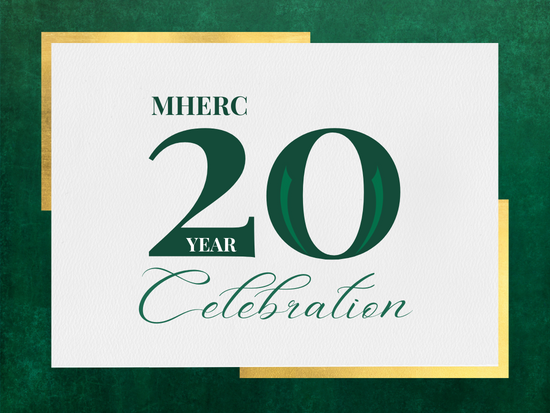 There have long been significant differences in health across race, income, education, and geographic location. In Alabama and in the Deep South, the impact of these differences is seen everywhere, from the state’s largest cities to most rural areas.
There have long been significant differences in health across race, income, education, and geographic location. In Alabama and in the Deep South, the impact of these differences is seen everywhere, from the state’s largest cities to most rural areas.
For 20 years, the UAB Minority Health & Health Disparities research center has taken a comprehensive, science-first approach to improve the health of people in historically under-resourced areas—with efforts in research, training, and community engagement.
The inspiration came on a bus ride through the Mississippi Delta.
“We passed by these tiny houses, and in front of one were maybe eight or nine children,” said Mona Fouad, M.D., MPH, Director of the Minority Health & Health Disparities Research Center.
She added, “I thought, if we tell a woman living there to get a mammogram, how is she even going to get there? What other health issues does she face? What about her children? We can’t just tell her to get a mammogram and ignore everything else.”
After returning from that trip, Dr. Mona Fouad, Dr. Ed Partridge, and Dr. Selwyn Vickers recognized that while genetics, biology, and personal choices play a significant role in health and illness, so does a person’s everyday circumstance. Addressing these disparities in a meaningful way would require a holistic approach.
And in 2002, the Minority Health & Health Disparities Research Center was born.
Through NIH- and CDC- funded projects, the MHRC has been at the forefront of health disparities research, generating over $165 million to address such inequities. Additionally, since its inception, the center has provided nearly $7 million in funding to 146 health disparity scientists.
The MHRC’s training programs build a pipeline for future researchers. Throughout the years, it has welcomed generations of new scientists to the field. Leveraging strong, enduring partnerships with other institutions—including a number of Historically Black Colleges and Universities—the MHRC has reached over 1,000 scholars at the undergraduate, graduate, postdoctoral, and faculty levels.
Like the trust built within academia, the MHRC’s relationships with partner communities and organizations are critical to the center’s success. Since the beginning, a guiding principle of the MHRC has been that research should be grounded in trusting, respectful, and mutually beneficial relationships that last beyond one project. Facilitating those partnerships is the center’s team of community engagement professionals who nurture relationships with nearly 200 partners and 100 advisory board members.
While the work conducted by the Minority Health & Health Disparities Research Center has been remarkable, they are excited about what is to come.
“We’ve made great strides in understanding the underlying causes of health disparities,” said Fouad.
She added, “But, looking to the future, we need to move beyond documenting and understanding disparities. We need to achieve health equity for all populations.”
With that vision of the future, the MHRC has changed its name to the UAB Minority Health & Health Equity Research Center.
![]()
To celebrate 20 years of milestones, the MHERC has put together a month-long celebration that starts with programming for each of its focus areas and ends with the culmination of each of these pillars within the center’s Grand Challenge winning program, Live HealthSmart Alabama.
The center will spotlight one of its pillars each week with a video, social media giveaway, and special edition email.
In addition to the digital components, the MHRC invites people to attend one of its cornerstone events—the Health Disparities Research Symposium (September 8, no purchase necessary) and Harlem in the ‘Ham (September 24, ticket purchase required).
Health is a complex mix of genetics, biology, personal choices, environment, and lived experience. As the Minority Health & Health Equity Research Center embarks on its next phase, it calls on all community members to work together to make health equity a reality.